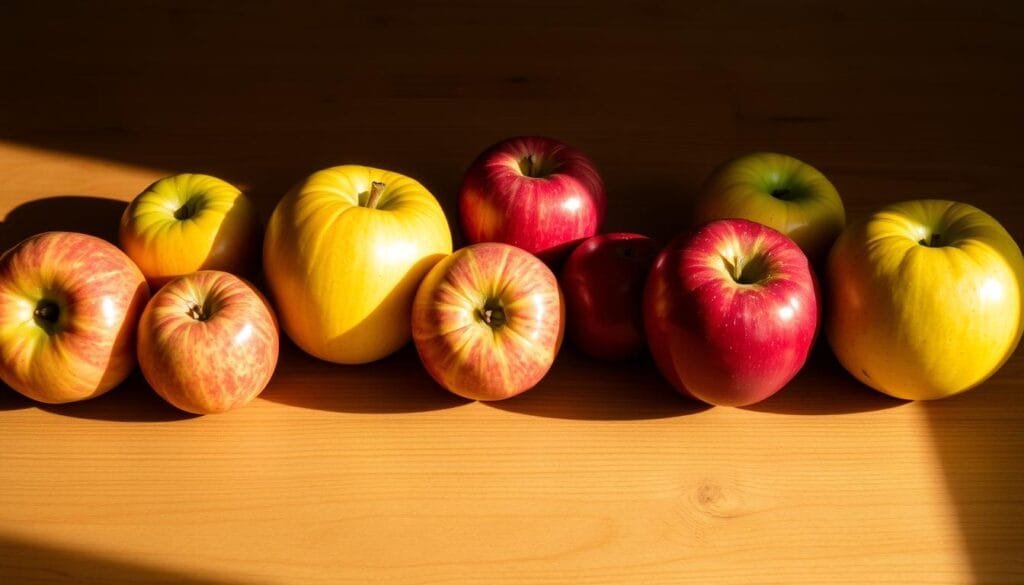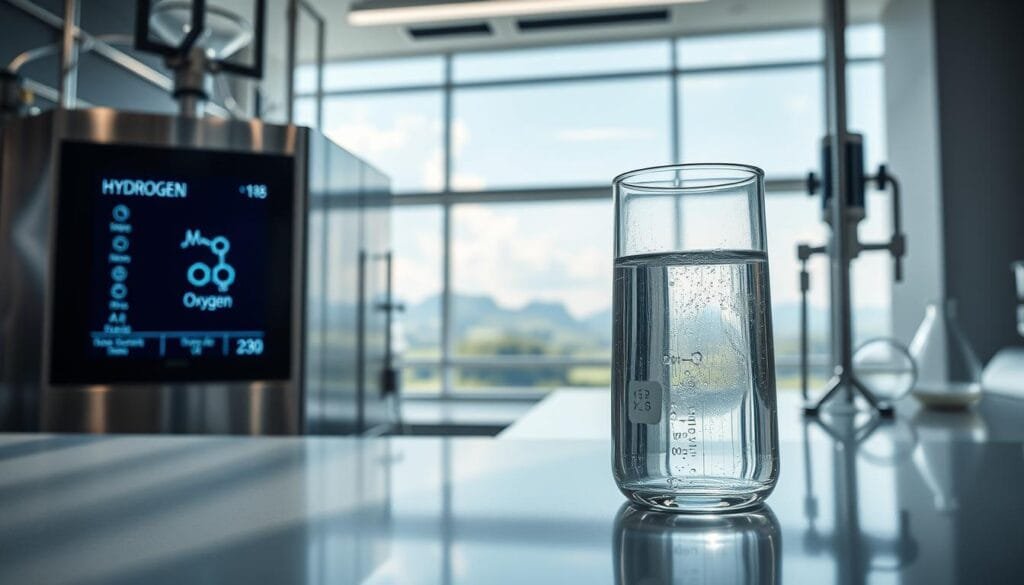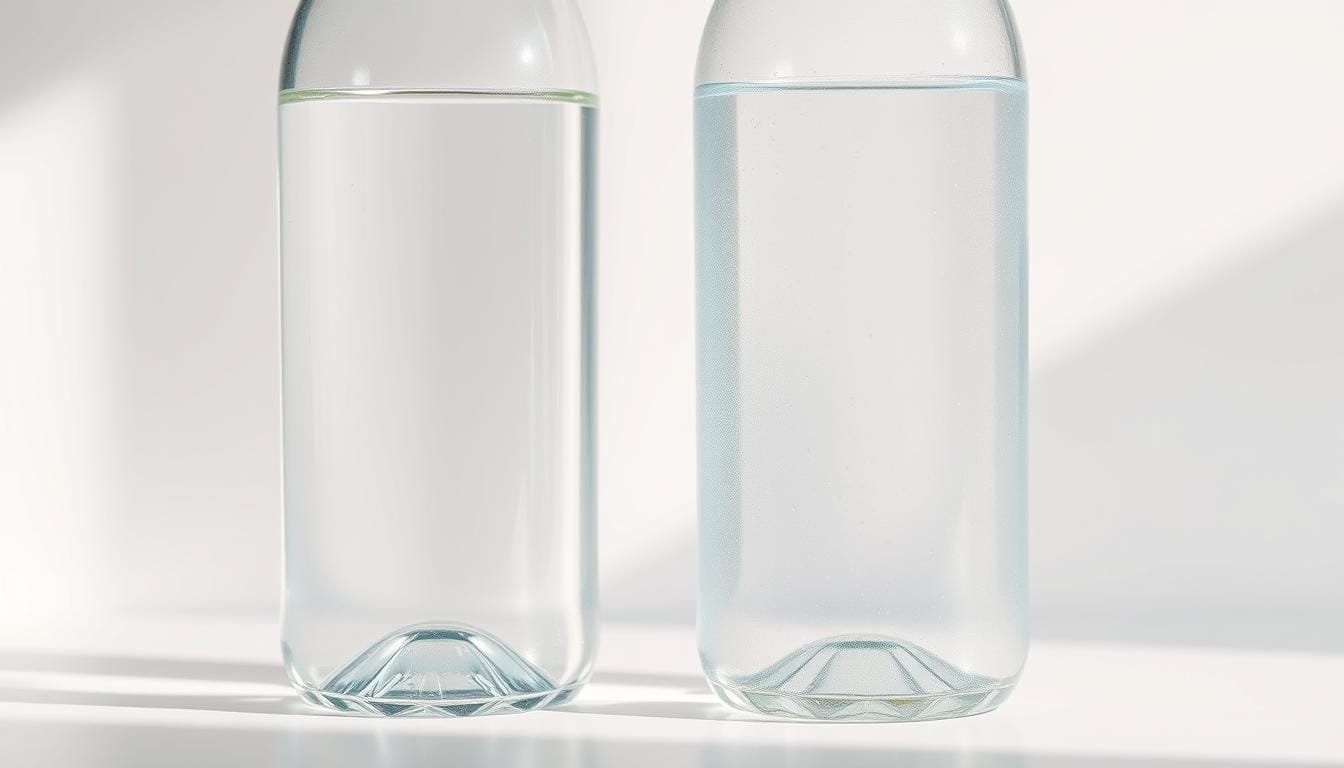Currently Empty: RM0.00
Curious claim: can a single drink match the antioxidant punch of fruit? Many readers in Malaysia have seen viral posts that equate a 1.5-liter serving to hundreds of apples or bananas. That catchy math draws attention, but it also risks misleading people about true health value.
Wellness Concept welcomes evidence-first questions. This piece will explain what hydrogen water does in the body and why simple fruit comparisons miss key biology. Readers will learn how biomarkers change over time and what real research says about antioxidant markers like SOD and TBARS.
Practical tips follow for daily use, safe devices, and what to expect from regular drinking. For quick product help or personal guidance, they can reach Wellness Concept on WhatsApp at +60123822655 during business hours: Mon–Fri 9:30 am–6:30 pm and Sat–Sun 10 am–5 pm.
Key Takeaways
- Fruit-versus-drink comparisons oversimplify different antioxidant actions.
- Research shows gradual biomarker shifts after weeks, not instant equivalence.
- Hydrogen water may complement a balanced diet, not replace fruit.
- Daily amounts, concentration, and device quality matter for real benefit.
- Wellness Concept offers local, evidence-based guidance and product support.
What hydrogen water is and how its antioxidants actually work in the body
Before comparing numbers, it helps to know what this dissolved gas actually does inside cells.
Molecular basics
Molecular hydrogen 101
Hydrogen water is simply regular water with added dissolved gas produced by electrolysis or ionization. The process does not change taste or appearance, yet it carries tiny neutral molecules into the body.
Smallest antioxidant, big reach
Molecular hydrogen is the smallest antioxidant. It diffuses across membranes and into tissues, including the brain. That reach helps it act where oxidative challenges occur.
Targeting oxidative stress
This neutral gas selectively neutralizes highly reactive species while leaving normal redox signals intact. That means it may ease excessive oxidative stress without blocking vital cell signaling.
- Delivery: dissolves in drinking liquid and distributes fast.
- Action: targets toxic radicals, supports cellular balance.
- Safety: generally regarded as safe and suitable across ages.
| Feature | How it works | Practical note |
|---|---|---|
| Form | Dissolved neutral gas | No taste change; portable use |
| Reach | Crosses membranes and blood–brain barrier | Fast tissue distribution |
| Target | Selective radical neutraliser | Preserves healthy signaling |
These properties complement a balanced diet and broader wellness system. For product details or questions in Malaysia, contact Wellness Concept on WhatsApp at +60123822655 (Mon–Fri 9:30 am–6:30 pm; Sat–Sun 10 am–5 pm).
Learn more about practical uses and research via this short guide on hydrogen-rich drinking.
1.5l of hydrogen water is equivelant to how many apples?
Sensational comparisons that claim a single bottle equals hundreds of fruits reduce complex biology to a headline. They draw clicks but they do not explain mechanisms or nutrition.

Why “apples vs. hydrogen” comparisons mislead
Equating a drink with whole fruit ignores many roles fruit plays. Fruit supplies fibre, vitamins, minerals and phytonutrients that support digestion and metabolism. A dissolved gas acts through different biochemical routes and cannot replace those nutrients.
What research really shows
Controlled studies report changes over time rather than instant equivalence. An eight-week trial found a roughly 39% rise in SOD and a 43% fall in urinary TBARS. Those shifts suggest improved handling of oxidative stress with regular drinking, not a one-to-one fruit match.
- The effects accumulate with consistent intake and depend on concentration and routine.
- Fruit and a targeted drink serve different roles; both can fit a healthy Malaysian diet.
“Biomarker change over weeks gives a clearer picture than headline math.”
For fact-checked guidance, Malaysians can message Wellness Concept on WhatsApp at +60123822655 during business hours.
Practical guidance in Malaysia: safe drinking, meaningful concentrations, and smart device choices
This section gives clear, local guidance on safe daily intake and choosing reliable devices.
How much to drink daily
On a typical day many adults aim for about 2.7–3.7 liters of total drinking water, adjusted for Malaysia’s heat and activity. Start by replacing part of daily consumption with enriched servings and watch comfort, thirst, and urine colour.
Safety first
GRAS status and trial data show no toxicity at higher dissolved levels. That makes this option suitable across ages when used sensibly. If someone has a medical condition, they should ask a clinician first.
Understanding concentration
Dissolved levels are reported in ppm or ppb (1 ppm = 1000 ppb). Higher, stable ppb readings usually reflect stronger antioxidant-related properties. Look for repeatable measurements rather than single peak numbers.
Devices and production basics
Compare electrolysis quality, filtration stages, and clear specs on dissolved output. Prefer units with stainless plates, transparent maintenance schedules, and measurable ppb or ppm data. Avoid sellers who use buzzwords without numbers.

“Consistent, measured intake matters more than a single large serving.”
| Topic | What to check | Why it matters |
|---|---|---|
| Daily targets | 2.7–3.7 L total drinking | Matches activity and climate in Malaysia |
| Concentration | ppb or ppm with stable readings | Indicates antioxidant-related properties |
| Device quality | Electrolysis plates, filtration, clear specs | Ensures repeatable results and safety |
For tailored advice by day, device demos, and how to read ppb/ppm values, Malaysians can message Wellness Concept on WhatsApp at +60123822655 (Mon–Fri 9:30 am–6:30 pm; Sat–Sun 10 am–5 pm).
Conclusion
, In summary, evidence and habit matter more than headlines when judging benefits. Molecular hydrogen shows selective antioxidant action and study data report a roughly +39% rise in SOD and a -43% drop in TBARS after eight weeks. Those results frame realistic effects rather than bold fruit comparisons.
The key point: hydrogen water can offer targeted support for cellular redox balance and may complement a nutrient-rich diet and good routines. Focus on reliable device specs, fresh consumption, and measurable dissolved levels so the system at home performs predictably.
For Malaysians seeking product guidance or next steps, Wellness Concept offers friendly, evidence-based help. Message via WhatsApp at +60123822655 (Mon–Fri 9:30 am–6:30 pm; Sat–Sun 10 am–5 pm). Learn more about brain effects here: brain effects.
FAQ
1.5l of Hydrogen Water is Equivalent to How Many Apples? – Wellness Concept
Comparing a 1.5L serving of hydrogen-rich drinking liquid to apples is misleading. Fruit delivers measurable vitamins, fiber, and phytochemicals. Molecular hydrogen provides dissolved gas that acts as an antioxidant in cells. They work differently, so saying one equals a specific number of apples oversimplifies their distinct benefits.
What is molecular hydrogen and how is the gas infused into drinking water?
Molecular hydrogen is H2 gas dissolved into water by electrolysis or specialized infusion devices. These systems generate small, neutral molecules that stay dissolved as dissolved hydrogen, measured in parts per billion (ppb) or parts per million (ppm). The result is a beverage that carries antioxidant properties without changing taste or nutrients.
How can such a small molecule act as an antioxidant throughout the body?
H2 is tiny and neutral, so it crosses cell membranes and reaches tissues quickly. It selectively reduces harmful reactive oxygen species while sparing useful signaling molecules. This targeted action supports cells without disrupting normal physiology.
Does drinking H2-rich liquid actually reduce oxidative stress markers in studies?
Research shows modest changes in markers like superoxide dismutase (SOD) activity and TBARS over time with regular intake. Results vary by dose, duration, and participant health. Clinical trials report improvements in some oxidative stress and inflammation measures, but outcomes depend on study design and concentration used.
Why are “apples vs. hydrogen” comparisons popular but potentially misleading?
Soundbites about equivalence attract attention, yet they mix different mechanisms. An apple supplies calories, fiber, and micronutrients. Dissolved H2 supplies a selective antioxidant effect. Marketing comparisons rarely capture dose, bioavailability, or clinical relevance, so they can overstate benefit.
How much of the hydrogen-rich beverage should someone drink daily?
Intake should match daily fluid needs first. Typical recommendations in studies range from a small bottle to a liter per day of H2-infused liquid, depending on concentration. People should prioritize hydration and treat dissolved H2 as a supplemental approach rather than a replacement for water or a healthy diet.
Is drinking this product safe for all ages and conditions?
Molecular hydrogen has a good safety profile and lacks known toxicity at concentrations used in consumer devices. It is generally regarded as safe in the research literature. Still, pregnant women, children, and people with medical conditions should consult a healthcare professional before starting any new supplement practice.
How do concentration units like ppb and ppm relate to antioxidant effect?
ppb and ppm describe how much dissolved gas is present. Higher dissolved hydrogen usually means stronger potential antioxidant activity, but biological effect also depends on frequency of intake and baseline oxidative stress. Look for reliable concentration testing from manufacturers.
What should consumers look for in devices that produce dissolved H2?
Choose devices with clear specs on dissolved gas concentration, independent lab testing, effective filtration, and reputable build quality. Electrolysis units that maintain water purity and document output performance offer better assurance. Warranty and local service support also matter.
Are there practical tips for people in Malaysia considering this product?
In Malaysia, focus on safe tap water standards and certified devices. Match intake to climate-driven hydration needs, verify device claims with lab reports, and prefer sellers that provide local support. Balance use with a nutrient-rich diet that includes fruits like apples for fiber and vitamins.
Where can readers find more information or connect with Wellness Concept in Malaysia?
Wellness Concept and similar health retailers often publish product details, testing data, and user guides on their official sites. Consumers should seek authorized distributors, look for product certifications, and contact customer service for lab reports and usage recommendations.


